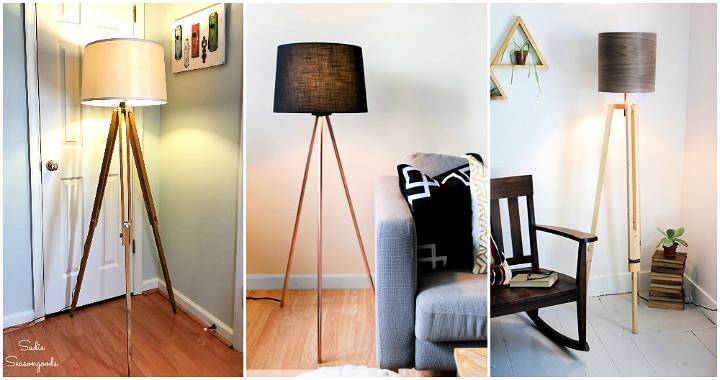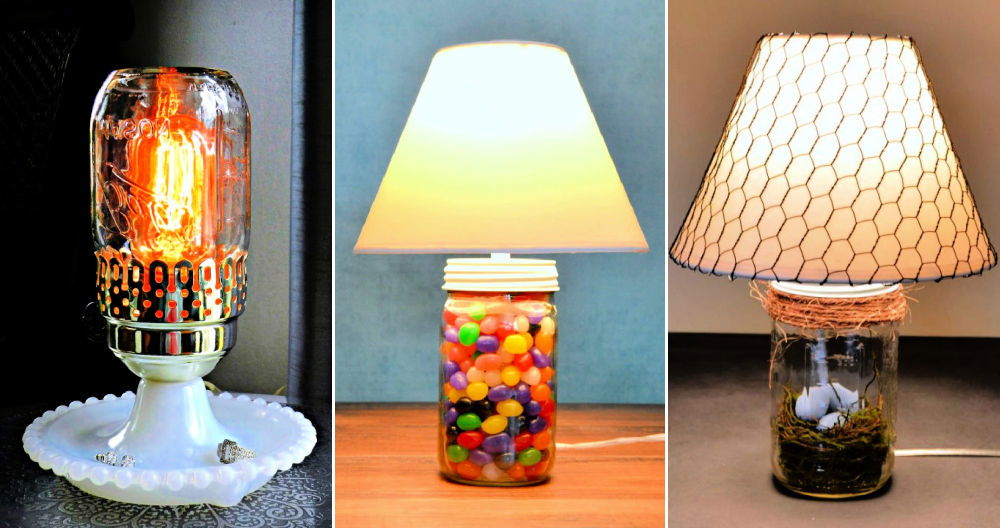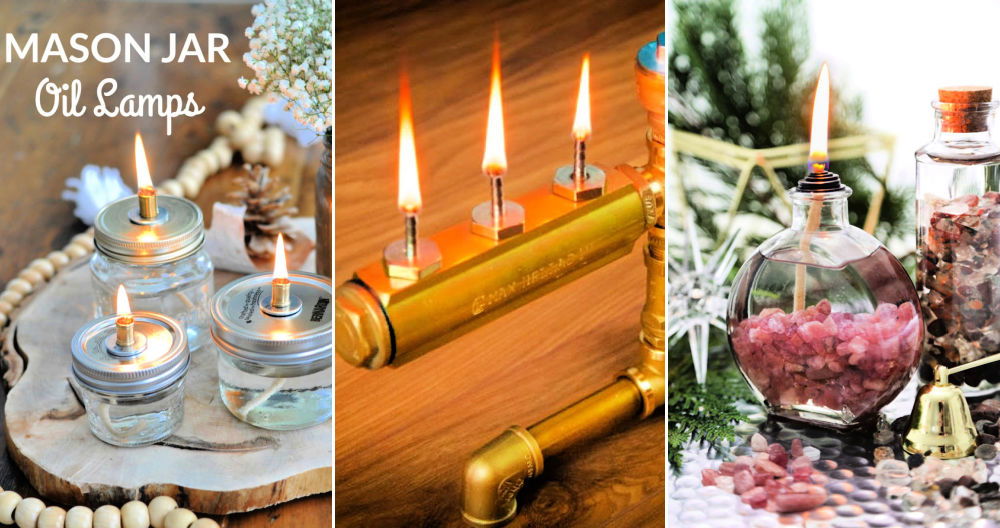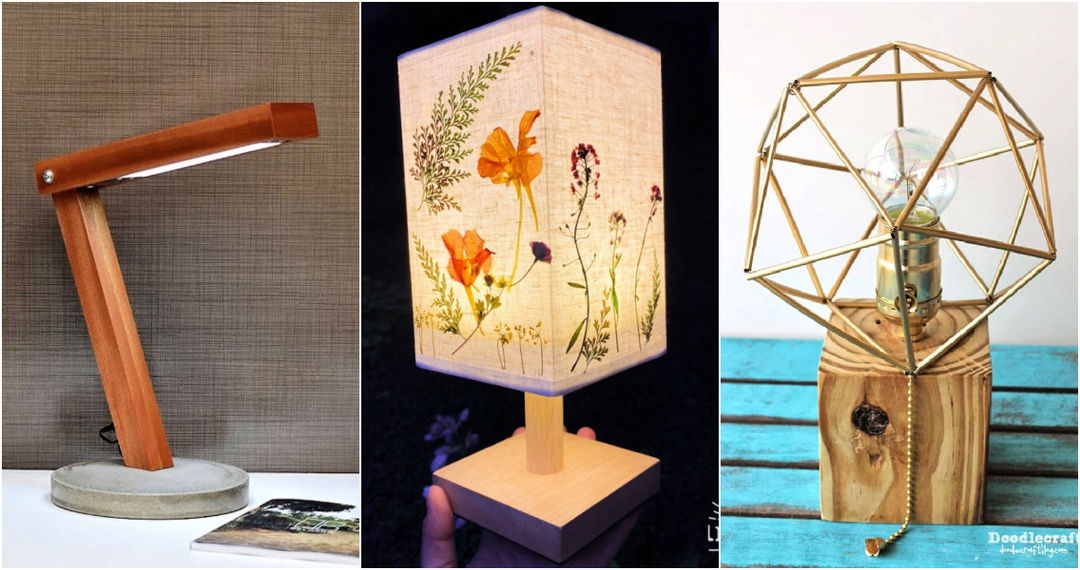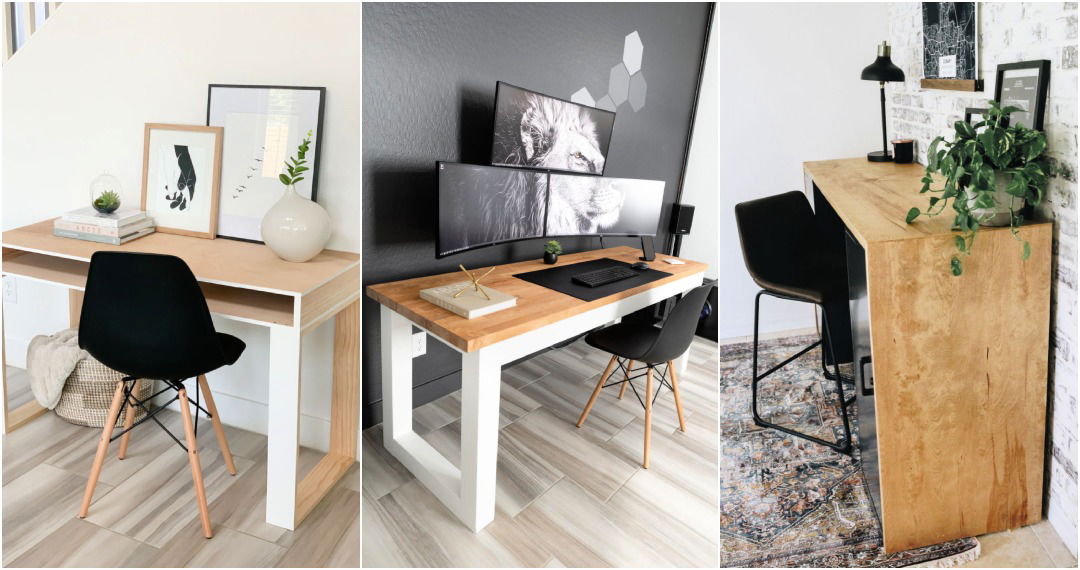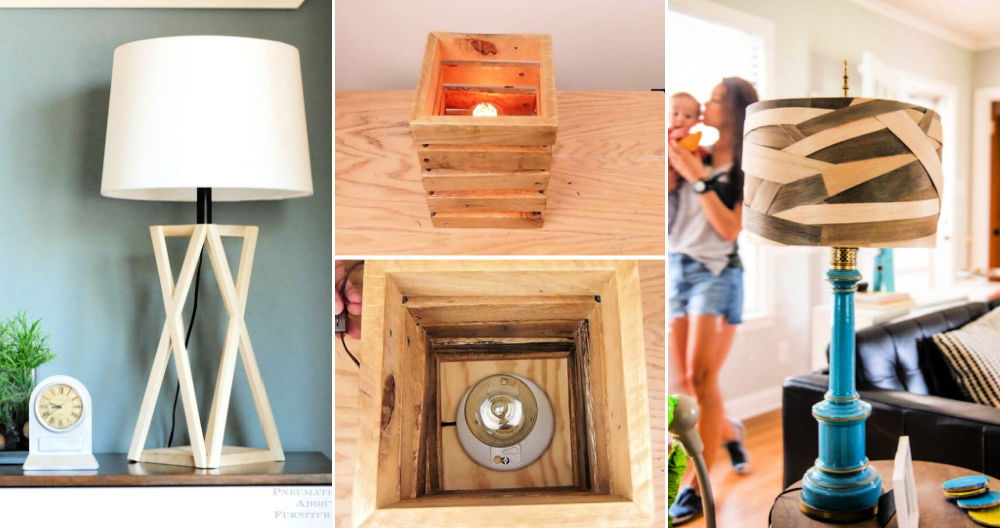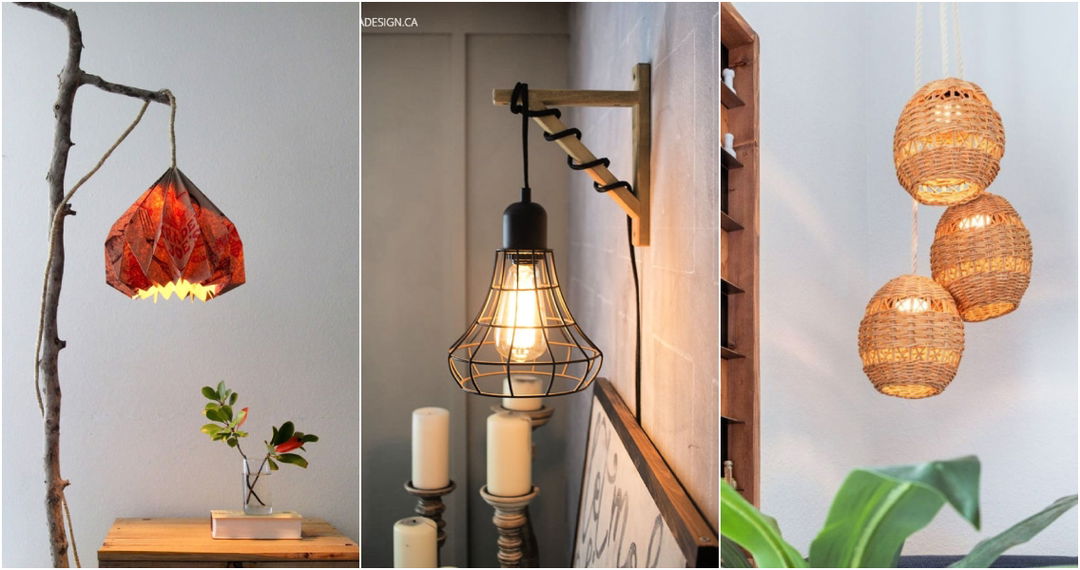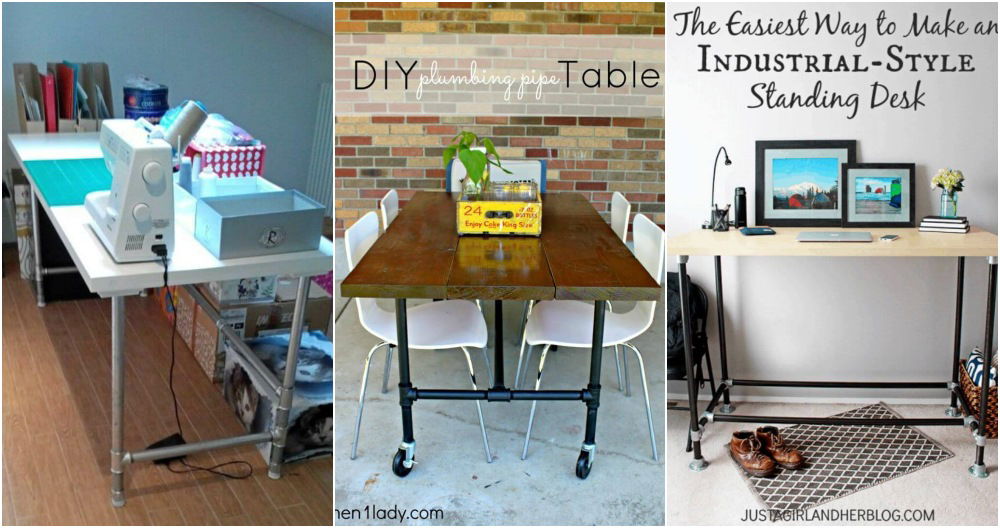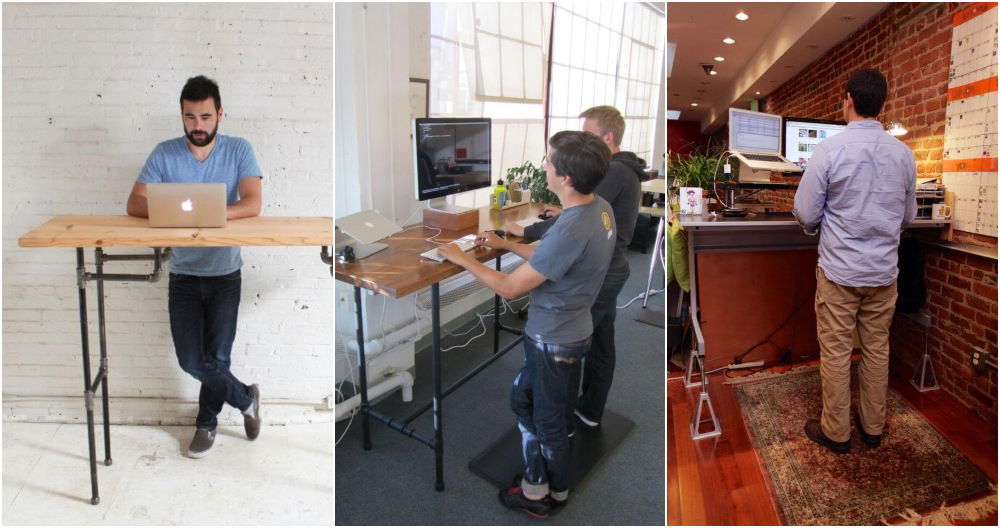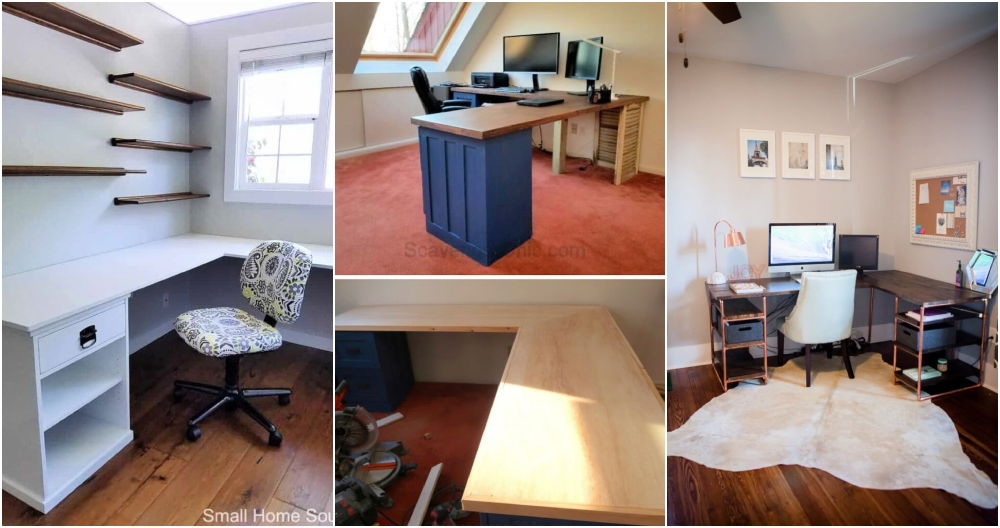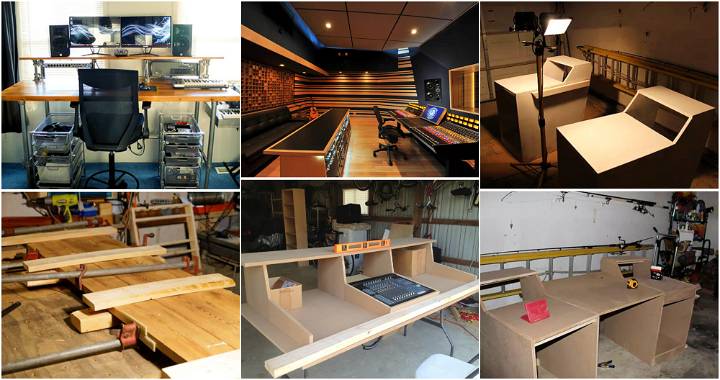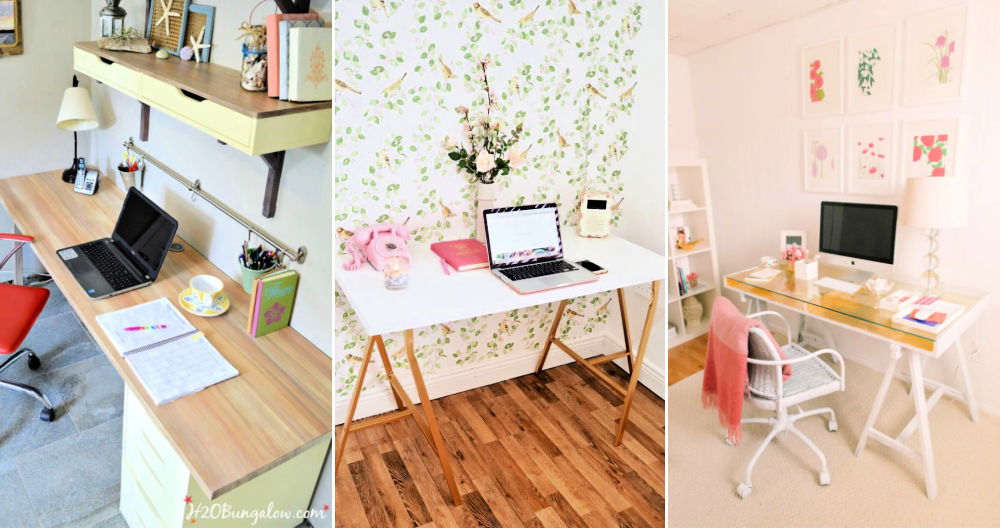Making a DIY desk lamp with LED lights can transform any space into a cozy and productive area. This guide walks you through crafting your own unique lamp, suitable for various needs. From selecting the right type of wood for your lamp base, such as pine, oak, or bamboo, to exploring alternative materials like glass jars and concrete blocks for a distinctive flair. Our instructions are designed to be clear and straightforward, ensuring anyone can achieve a beautiful result.
We'll delve into the importance of considering the lamp's purpose, adjustability, and style to ensure it meets your specific requirements. Additionally, we provide a list of materials and tools needed, along with detailed, step-by-step instructions to guide you through the process, from preparing the wood to assembling the lamp.
This introduction sets the stage for an engaging exploration of how to craft a lamp that not only lights up your desk but also showcases your personal style. Stick with us as we illuminate the path to a successful DIY desk lamp project.
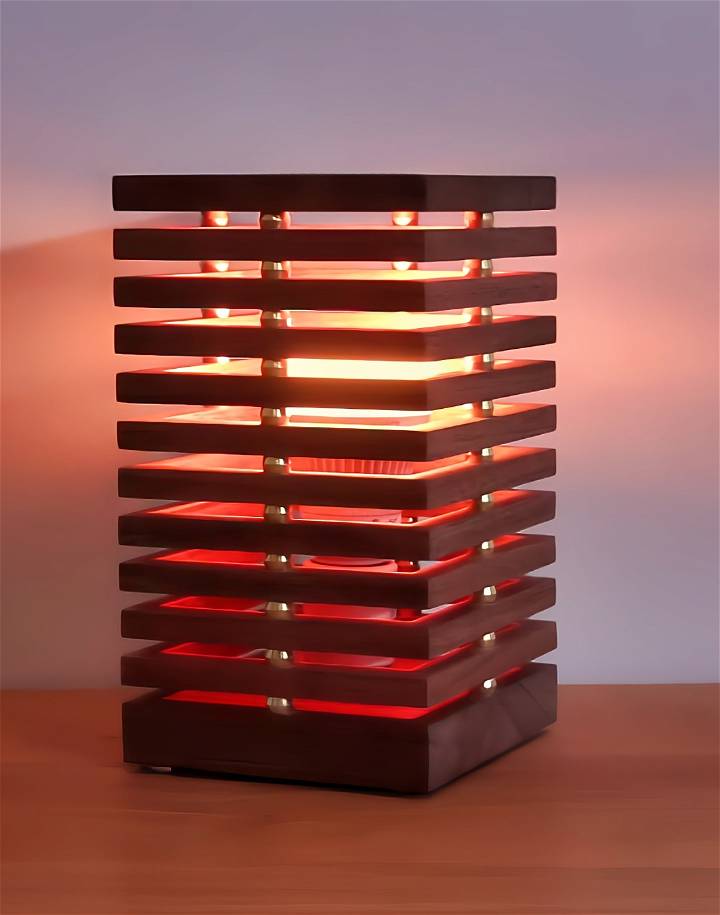
Choosing the Right Lamp for Your Needs
Selecting the ideal desk lamp is more than just choosing the prettiest one. It should meet your needs, improve your workspace, and give the right light. Here's how to choose:
Consider the Purpose
The function of your lamp is crucial. Ask yourself: What will I be using this lamp for? If it's reading, you'll need a lamp that offers focused, bright light. For working, especially on a computer, you might prefer a lamp that illuminates your entire desk without causing screen glare. Making ambiance, on the other hand, requires a lamp that offers softer, adjustable lighting.
Think About Adjustability
Adjustability is key for versatility. A lamp that allows you to adjust the height or angle can be extremely useful. If you often find yourself working on detailed tasks, being able to direct light precisely where you need it can reduce eye strain and increase productivity. Look for lamps with flexible arms or adjustable stands.
Factor in Style
Style matters. The lamp you choose should not only be functional but also fit the overall aesthetic of your workspace. Whether you prefer a modern, sleek look or a more traditional vibe, the right lamp can complement your decor and even serve as a statement piece. Consider the materials and colors that will harmonize with your current setup.
Choosing the right desk lamp requires more than just looks. Consider the lamp's function, adjustability, and how it complements your workspace for ideal lighting.
Detailed Material Options and Alternatives for DIY Desk Lamp
Making a DIY desk lamp offers an opportunity to inject your personal style into your workspace. The materials you choose not only influence the aesthetic but also the sustainability and practicality of your lamp. Here's a detailed guide on common materials and some creative alternatives for your project.
Wood Types for Desk Lamp Bases
Pine
- Suitability for Beginners: High. Pine is soft, making it easy to shape and drill through.
- Eco-Friendliness: Moderate. It's widely available, but ensure it's sustainably sourced.
Oak
- Suitability for Beginners: Moderate. Harder than pine, requiring more effort to work with but offers a beautiful finish.
- Eco-Friendliness: High if sourced responsibly. It's durable, meaning your desk lamp will last longer.
Bamboo
- Suitability for Beginners: High. Easy to cut and drill, similar to hardwood, but more sustainable.
- Eco-Friendliness: Very High. It's a fast-growing, renewable resource that doesn't require pesticides.
Alternative Materials for a Unique Touch
Glass Jars
- Pros: Readily available and easy to work with. They offer a rustic or industrial look and can be used to house the light bulb.
- Cons: Fragility requires careful handling and drilling (if necessary) to avoid cracking.
Concrete Blocks
- Pros: Provides an industrial chic look. It's stable and can be molded into various shapes.
- Cons: Heavy, making the lamp less portable. Working with concrete requires safety precautions to avoid skin irritation.
Old Books
- Pros: Adds a vintage or whimsical touch. It's a great way to repurpose damaged or unread books.
- Cons: It is not as durable as other materials. It may require a sturdy frame inside to support the lamp components.
Considerations for Material Selection
- Style and Aesthetics: Match the material with your room's decor. Natural materials like wood and bamboo add warmth, while glass and concrete offer a modern vibe.
- Functionality: Consider the lamp's location and use. Heavier bases like concrete are ideal for a stable workstation, while lighter materials offer portability.
- Sustainability: Opt for eco-friendly materials or repurpose items to reduce environmental impact.
- Skill Level: Some materials require more advanced tools and skills. Choose materials that match your comfort level with DIY projects.
Choosing the right material for your DIY lamp base is key for functionality and style. Consider your skill level and space design when choosing between wood, old books, or glass jars. The ideal material looks good, feels right, and supports sustainability.
Materials and Tools Needed
- Rough walnut boards (half-inch thick or split one-inch thick boards)
- Table saw, or band saw
- Planer and joiner (if available)
- Miter saw
- Painter's tape
- Clear drying glue
- Epoxy (with gold pigment optional)
- Porcelain socket with threaded adapter
- LED bulb (smart, color-changing)
- Inline switch
- Rubber feet for the base
- Sandpaper
- Drill and bits (Forstner bit and standard bits)
- Dowel rods (5/16 inch)
Step-by-Step Instructions
Discover how to make your own stylish DIY desk lamp with this easy step-by-step guide below:
Preparing the Wood
- Choose Your Wood: Select suitable walnut boards that can be shaped into half-inch thick strips. If your boards are thicker, you might need to split them in half.
- Cut the Strips: Use a table saw to rip half-inch strips from your boards. You'll need these strips to form the open-mitered frames of the lamp.
Making the Frames
- Cut Mitered Segments: Set your miter gauge to 45 degrees and cut one end of each strip. Measure 5 inches from the angled cut for the length of each frame segment.
- Safety First: If using power tools feels unsafe, consider manual alternatives. Your safety is paramount.
- Assemble Frames: Arrange the strips into squares and use painter's tape to hold them together. Apply clear drying glue to secure the joints.
Crafting the Base
- Prepare the Base: Glue two boards together if necessary to make a thick, sturdy base for the lamp.
- Enhance with Epoxy: Fill any knots or cracks in the base with epoxy. Add pigment if desired for a decorative effect.
Assembling the Lamp
- Drill for Dowels: Mark and drill holes on each frame for the dowel rods. These rods will hold the frames together and support the lamp structure.
- Mount LED Light: Drill a central hole in the base for the LED light mount and wiring. Arrange the electrical components and secure them.
- Add a Switch: If your LED wire doesn't include a switch, insert an inline switch into the circuit following the product instructions.
Finishing Touches
- Sand and Seal: Smooth out all wooden components with sandpaper, then apply a finish to protect the wood and highlight its natural beauty.
- Assembly: Slide the frames onto the dowel rods, interspersed with brass sleeves for decorative flair.
- Install the LED Bulb: Wire up the LED bulb following safety standards or get a professional electrician's help.
Video Tutorial
For a step-by-step video tutorial, watch Brad Rodriguez's guide on making a DIY desk lamp with a color-changing LED light.
It pairs well with this written guide, offering a complementary visual experience to enhance your understanding and execution of the project.
This guide aims to empower you to make a bespoke desk lamp that adds both light and style to your workspace. Enjoy the process of making something by hand, and revel in the satisfaction of a customized lighting solution.
Customization and Personalization Ideas for Your DIY Desk Lamp
Making a DIY desk lamp is not only about illuminating your workspace but also about expressing your personality and style. Here are some ideas to make your DIY desk lamp uniquely yours, along with a few safety tips to keep in mind.
Creative Enhancements
Painting your lamp base or shade is one of the simplest yet most effective ways to add a burst of color and personality to your lamp. Whether you prefer a solid, minimalist color or intricate patterns, the choice is yours. Acrylic paints are a good option for most materials, but ensure you use the right type of paint for the material of your lamp.
Decoupage can transform your lamp into a work of art. This technique involves gluing decorative paper cutouts onto your lamp, then sealing them with a clear varnish. It's perfect for adding vintage flair or intricate designs without needing advanced artistic skills.
Adding fairy lights instead of, or alongside, traditional bulbs can make a whimsical and soft glow. They are especially good for making ambient light and can be wrapped around the base or used inside a transparent or semi-transparent shade.
Guide on Shade Variations
The material of your lampshade significantly affects how light is diffused in your room.
- Fabric shades make a soft, diffused light, perfect for making a cozy atmosphere. They can also add a textural element to your room.
- Paper shades can offer a minimalist or traditional look, depending on the design. They provide a soft, even light, ideal for reading and working.
- Metal shades are great for directing light to a specific area, making them ideal for task lighting. They can also add an industrial or modern vibe to your space.
Experimenting with different materials allows you to control the ambiance of your room and the functionality of your lamp.
Safety Considerations
- Correct bulb wattage is crucial to prevent overheating. Always check the maximum wattage allowed for your lamp and opt for LED bulbs, which emit less heat and are more energy-efficient.
- Electrical safety guidelines should never be overlooked. Ensure all electrical components are properly insulated and avoid overloading electrical outlets. If you're unsure about the electrical setup, consulting with a professional electrician is wise.
- Ventilation is another factor to consider, especially for enclosed shades or lamps with high-wattage bulbs. Ensure there's enough space around the bulb to allow heat to escape and prevent overheating.
By mixing creativity and safety, you can make a DIY desk lamp that brightens your space and shows your style and needs. Make it yours while keeping it safe and useful.
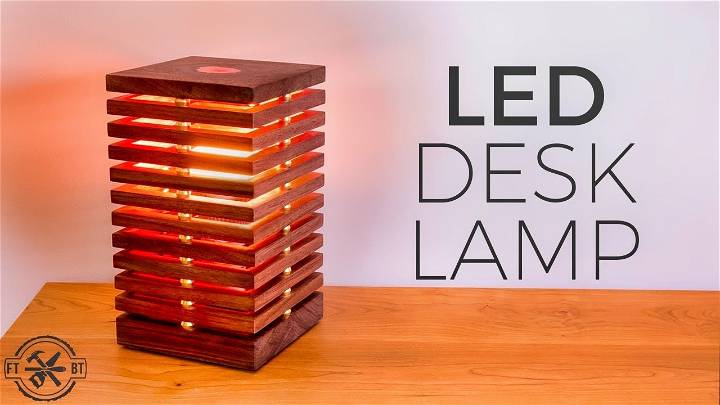
DIY Desk Lamp: Crafting with Sustainability in Mind
Making a DIY desk lamp is eco-friendly and adds a personal touch to your space. Craft a unique piece to light up your workspace and promote environmental consciousness.
Upcycling with Purpose
Transform Recycled Items into Lamp Bases
Upcycling isn't just about being eco-friendly; it's about reinventing the old into something new and functional. Consider using recycled items such as glass bottles, old cans, or even thrifted vases as the base for your desk lamp. These materials can be easily modified and painted to fit your aesthetic, giving new life to items that might otherwise end up in a landfill.
Lighting the Way with Efficiency
Opt for Energy-Saving Bulbs
When it comes to choosing the right bulb for your DIY desk lamp, LED bulbs are the way to go. Not only do they consume less electricity, but they also have a longer lifespan than traditional bulbs. This reduces both your energy bills and your environmental footprint. Additionally, explore other energy-efficient options like CFL bulbs, which offer a compromise between cost and efficiency.
Mindful Disposal
Dispose of Lamp Components Responsibly
While making your DIY lamp, you might need to dispose of old or unused components, especially electrical parts. It's crucial to follow responsible disposal practices to prevent harmful materials from harming the environment. Research local recycling programs for electronic waste or consider donating functional parts to local schools or maker spaces that can repurpose them.
Crafting a sustainable DIY desk lamp can reflect a commitment to eco-friendly practices, using upcycled materials and energy-efficient lighting to make a positive impact.
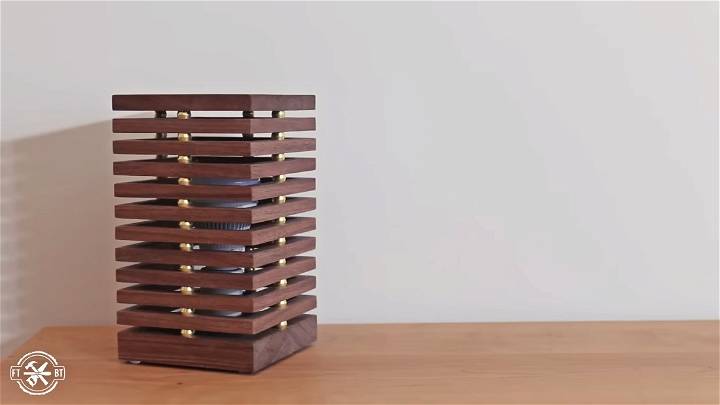
FAQs on Making a DIY LED Lamp
Making a DIY LED lamp is a rewarding project that can add a personalized touch to your workspace or home. Here are some of the most commonly asked questions to help you get started on your crafting journey.
What materials do I need to make a DIY LED lamp?
The materials you'll need include:
- A lamp base material (wood, bamboo, glass jars, or concrete blocks)
- LED bulb (preferably smart, color-changing for versatility)
- Porcelain socket with threaded adapter
- Inline switch
- Rubber feet for the base (optional for stability)
- Tools like a table saw, drill, planer, sandpaper, and others depending on your design
How do I choose the right LED bulb for my lamp?
Consider these factors:
- Brightness: Think about the purpose of your lamp. For reading or task lighting, choose a brighter bulb.
- Color Temperature: Warmer colors (2700K-3000K) are great for cozy settings, while cooler colors (3500K-5000K) mimic daylight, suitable for working or reading.
- Energy Efficiency: Look for bulbs with a high lumens-per-watt ratio to save on electricity.
Can I use any material for the lamp base?
Yes, but keep in mind:
- Stability: Heavier bases like concrete are great for stationary lamps, while lighter materials like bamboo are suitable for portable lamps.
- Workability: Choose a material that matches your skill level and available tools.
- Aesthetics: Consider how the base material complements your room's decor.
How can I ensure my DIY lamp is safe?
Follow these safety tips:
- Use the correct bulb wattage to avoid overheating.
- Ensure all electrical components are properly insulated.
- Always follow electrical safety guidelines, and consult a professional if unsure.
- Provide adequate ventilation for the bulb, especially in enclosed shades.
How can I personalize my DIY LED lamp?
Get creative with:
- Painting or Decoupage: Add colors or patterns to the base or shade.
- Lampshade Material: Experiment with fabric, paper, or metal shades for different lighting effects.
- Adding Features: Incorporate elements like fairy lights or adjustable arms for a unique touch.
How can I make my DIY lamp eco-friendly?
Consider:
- Upcycling: Use recycled materials for the lamp base.
- Energy-Saving Bulbs: Opt for LED or CFL bulbs for efficiency.
- Responsible Disposal: Dispose of lamp components responsibly through recycling or donation.
This FAQ covers making a DIY LED lamp with a focus on safety, practicality, and creativity. Remember, the best projects reflect your personal touch and meet your needs.
Conclusion:
In conclusion, making your own DIY desk lamp not only adds a personal touch to your workspace but also reflects your dedication to sustainability and efficiency. Through careful selection of materials, from the warmth of wood to the uniqueness of glass jars, and by following the step-by-step instructions, you can craft an LED lamp that perfectly suits your needs and style.
Remember, the key to a successful project lies in considering the purpose, adjustability, and style of your lamp, as well as paying close attention to safety considerations. So, gather your materials, unleash your creative spirit, and light up your desk with a one-of-a-kind lamp that's both functional and stylish.


